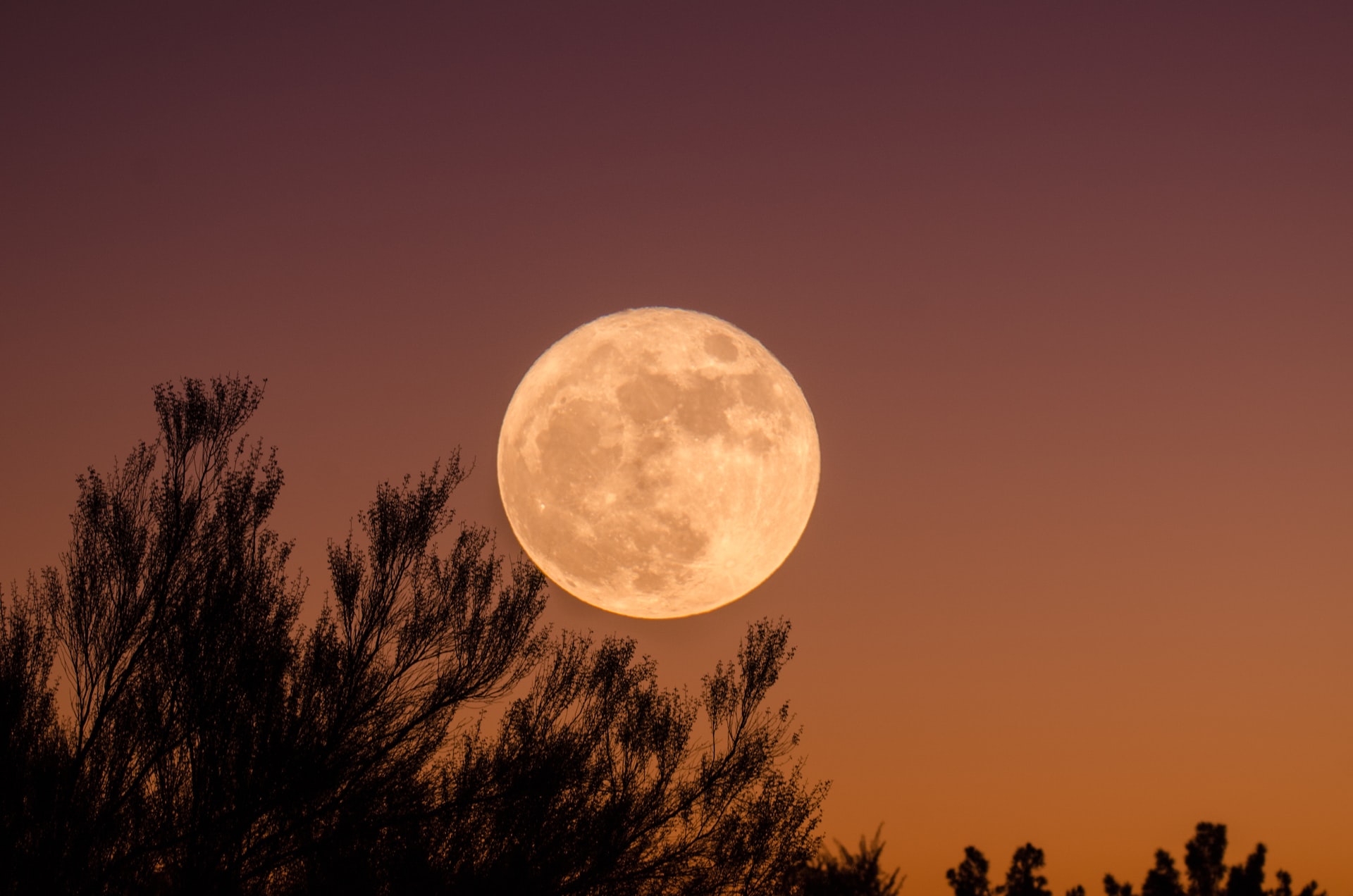On March 7, 2023, observers will be able to see the first spring full moon. The full Moon will reach its peak on Tuesday, March 7, 2023, at 12:42 p.m. GMT+2. Therefore, the next two nights, if you have a clear sky, you can take a few minutes to go out and watch this beautiful sight.

Usually we talk about the fact that the full moon occurs on one particular night. But why exactly will this full moon be visible two nights in a row? There is one moment in each orbit of the Moon when it reaches a point on the exact opposite side of the Earth from the Sun. It is this point that astronomers call the full moon. A few days and hours before that, it is a Waxing Gibbous Moon, and for a few hours and days after that, it is a Waning Gibbous Moon. However, the exact time of the full moon does not always occur at night.
In addition, to the naked eye, the Moon may still appear full for more than a day. Under such conditions, when we look at the Moon on the night of March 6-7, it will seem to be 99% full. In addition, when the Moon descends on the night of March 7-8, it will still be more than 99% full and will remain so until Wednesday. If you have a telescope or binoculars, you can take a closer look and most likely see a small shadow on the eastern part of the Moon on Monday evening and a little shadow on the western part on Tuesday evening.
The biggest and brightest full moon in 2023
If it seems to you that this full moon will look brighter than in the last few months, this is not your imagination. Through the elliptical orbit of the Moon around the Earth, there is an annual cycle of full months — one of them is the further, smaller and dimer of the year (apogee), and in six months it will look bigger and brighter (perigee). So, starting with this Worm Moon, each of them will look increasingly bright until the Perigee Super Blue Moon at the end of August.
Folklore names of the full moon in March
Throughout history, human cultures have given names to many things, and the full moon is no exception. Each full moon has its own name. The March full moon is also known as the “Worm Moon”. At first, it was believed that this name referred to earthworms that appeared when the soil warmed up, calling the birds to feed and sing that spring had come.
However, the notebooks of cartographer Captain Jonathan Carver, who traveled extensively in the Midwest in the XVIII century, indicate that this term is used to describe worms similar to beetle larvae that appear in the bark of trees at this time of year.
Other names for the March full moon include “Moon Sugar”, which is used to indicate the time of year when the juice begins to circulate in sugar maples, and “sore eyes moon”, describing the appearance of dazzling rays of sunlight reflecting the melting of snow at the end of winter.
Here is a list of the names of the full months that will take place before 2023:
- April 6: Pink Moon;
- May 5: Flower Moon;
- June 4: Strawberry Moon;
- July 3: Buck Moon;
- August 1: Sturgeon Moon;
- August 30: Blue Moon (Salmon Moon);
- September 29: Corn Moon;
- October 28: Hunter’s Moon;
- November 27: Beaver Moon;
- December 27: Cold Moon.
Earlier we reported on how a total lunar eclipse took place, which gave it a red color.
According to The Weather Network
Follow us on Twitter to get the most interesting space news in time
https://twitter.com/ust_magazine
